
Pentagon Needs to Close Security Gaps as ‘Zero Trust’ Era Nears
The military’s zero trust approach redefines security principles with a focus on drastically reducing attack surfaces.

The military’s zero trust approach redefines security principles with a focus on drastically reducing attack surfaces.

Warfighters may be unknowingly revealing sensitive patterns of strategic thought through their interactions with commercial AI systems.

The Trump administration argues the strikes are necessary to stem the flow of drugs to the U.S., but the law is not simply whatever the president deems it to be.

Seoul is planning to deploy four electronic warfare aircraft by 2034. Such a decision is a landmark that indicates a doctrinal shift.
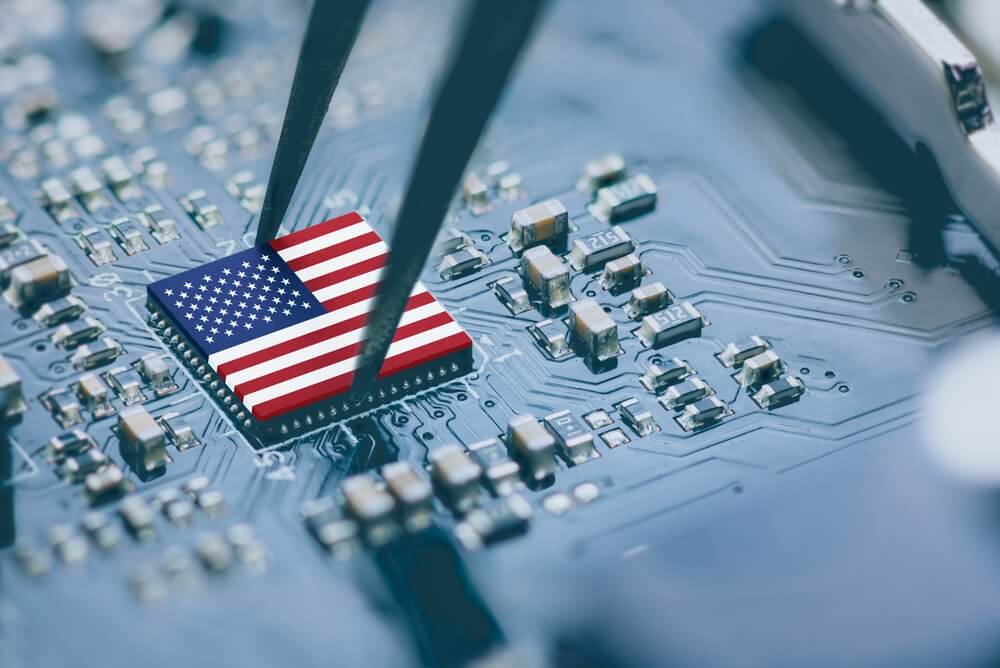
Successful defense across land, sea, air, space and cyberspace depends on technology that can perform reliably across multiple domains and with limited connection.

The Army-Navy rivalry points the way to a more civil and hopeful future of disagreeing better and working together for something worth defending.

The Navy currently is composed of approximately 290 ships centered around 11 nuclear aircraft carriers. The responsibilities outlined in the strategy suggest a larger Navy of approximately 350 manned ships and 12 flattops.
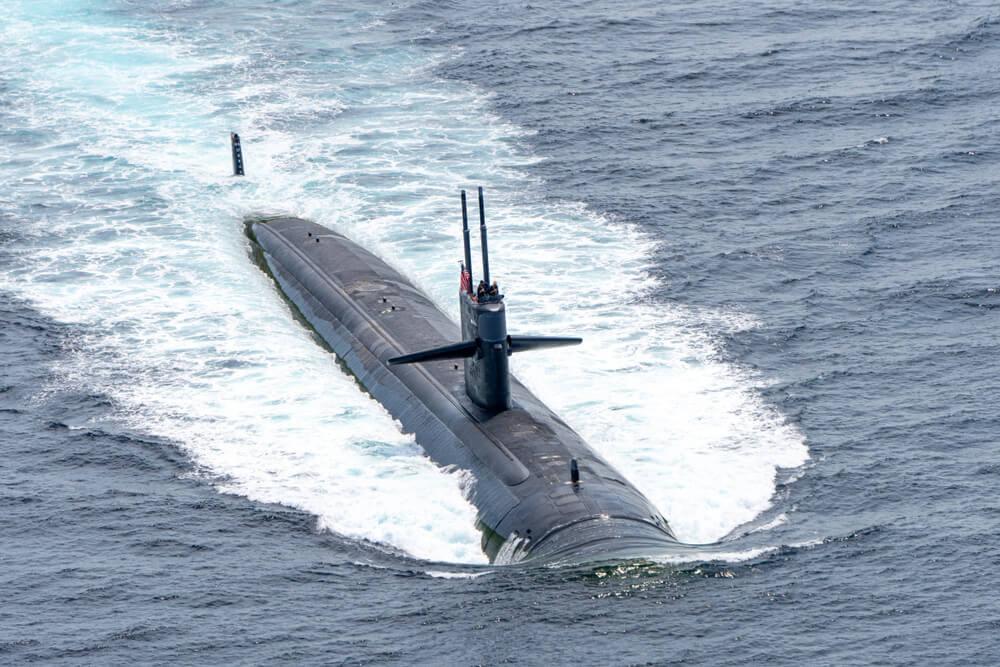
The U.S. Navy should pursue the concept of teaming manned units — like attack submarines — with unmanned units as the best method to maximize combat potential.

As the volume of data fed into artificial intelligence models increases and its velocity accelerates, the attack surface grows.

Restarting explosive nuclear weapons testing, or even for political reasons conducting tests that don’t generate a nuclear yield, is unnecessary and counterproductive.

Poisonings, cyber-attacks, sabotage of infrastructure – these have become so common it is increasingly hard to think that Russia is not at war with us.

America is pursuing a route that will shackle its biotech industry to the socialist policies of Europe, the UK and Canada. At the same time, our biggest geopolitical adversary is steadily ramping theirs up.
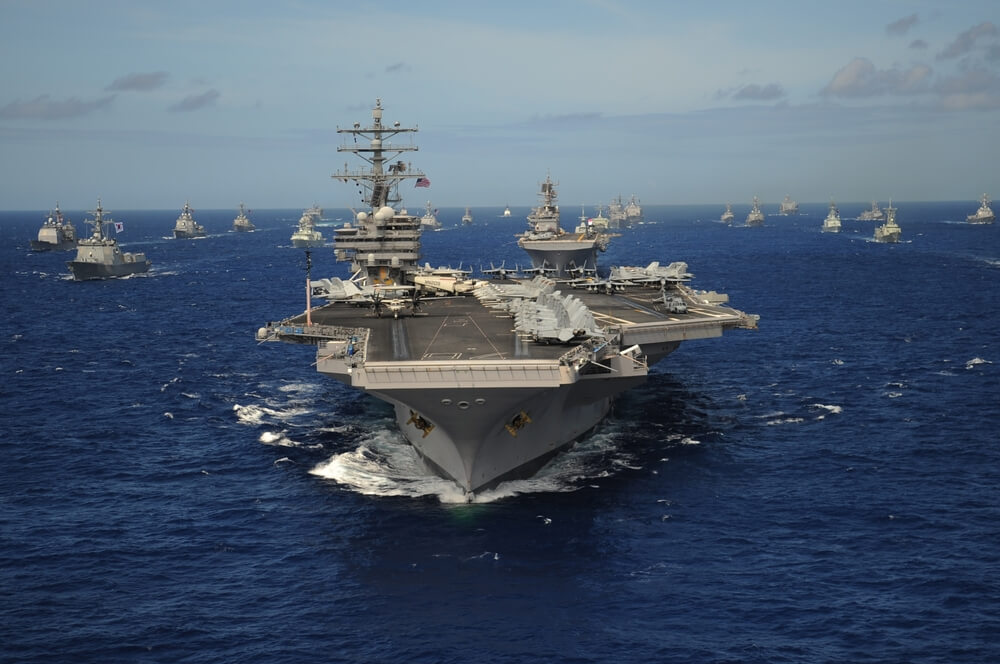
The aircraft carrier remains an incredibly flexible platform due to the infinite changes possible in its main battery air wing.
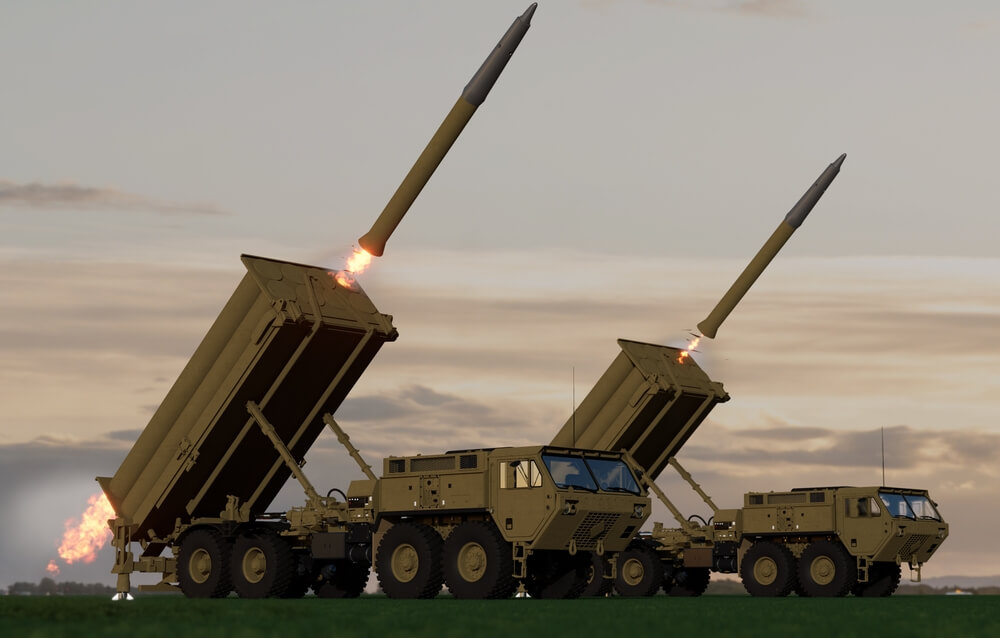
Modern air defense systems have become important instruments, shaping contemporary politics.

With the rapid closing of the “Davidson window,” the more the U.S. can do to stockpile oil for military use, the better.

The manufacturing boom won’t materialize without greater effort by private industry, government agencies, educational institutions and non-profits.

Defense electronics are the endgame, and scaling up mineral capacity without doing the same for electronics will lead to failure.
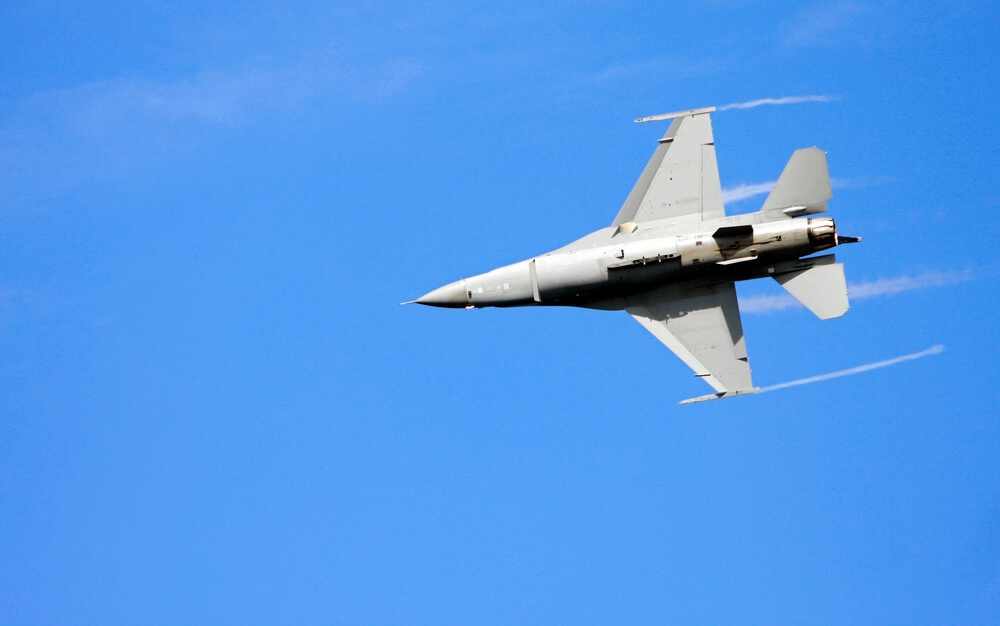
We need to link delivery performance to mission impact, because there is no value in shipping software code weekly if it fails to advance mission metrics or creates a poor user experience.

Three critical elements must be considered to ensure the architecture is both viable for the short term and flexible for the long term.

Golden Dome isn’t just about intercepting enemy weapons. It’s also about modernizing the civilian systems that millions of Americans rely on every day to fly safely.

Engagement by the UK’s financial sector in security and defense has been tepid at best. This must change.
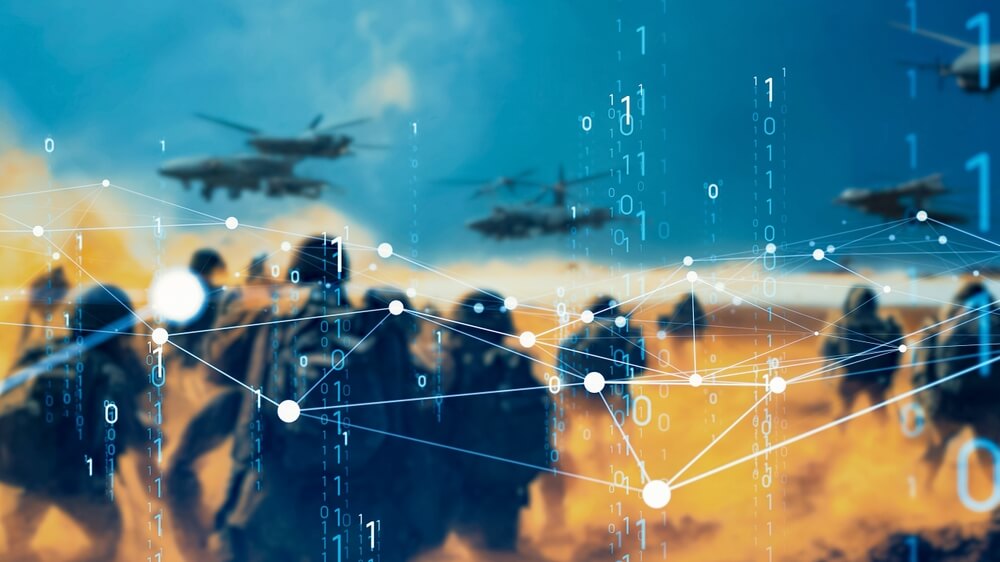
DoD should find pragmatic ways to address the problems it can solve right now. This will require a willingness to embrace more agile and innovative solutions.

The findings underscore the urgency for more research into diagnosing and treating the spectrum of brain injuries servicemembers experience, from blunt force to blast waves.

The essential question is, will China take a decisive lead over the U.S. in commanding the spectrum in future warfare?
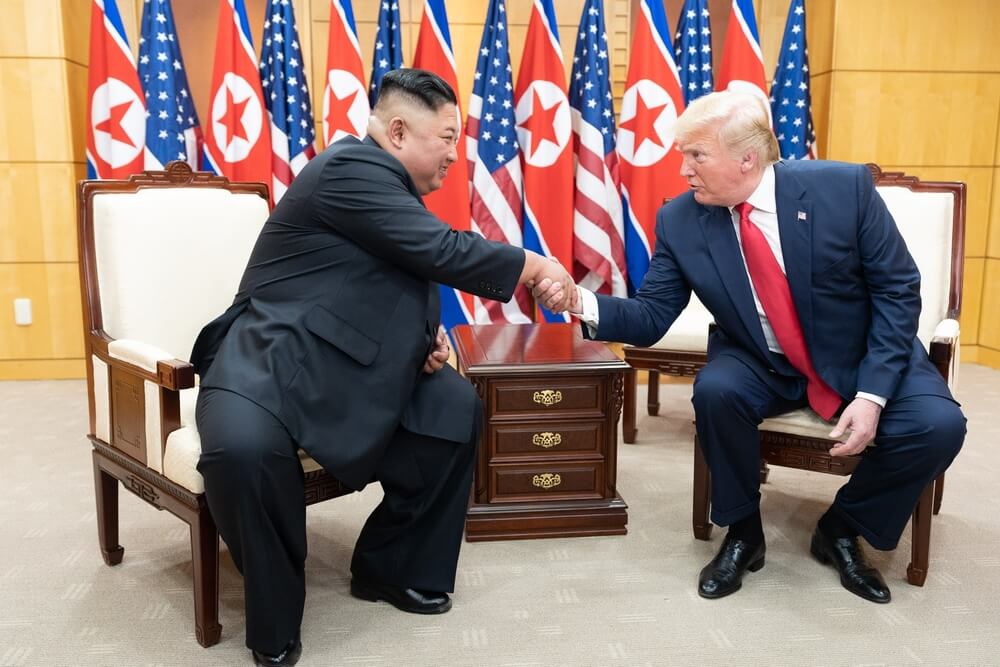
If President Trump meets with Kim again, the outcome will likely be the same as his faux summit with Russian President Putin.
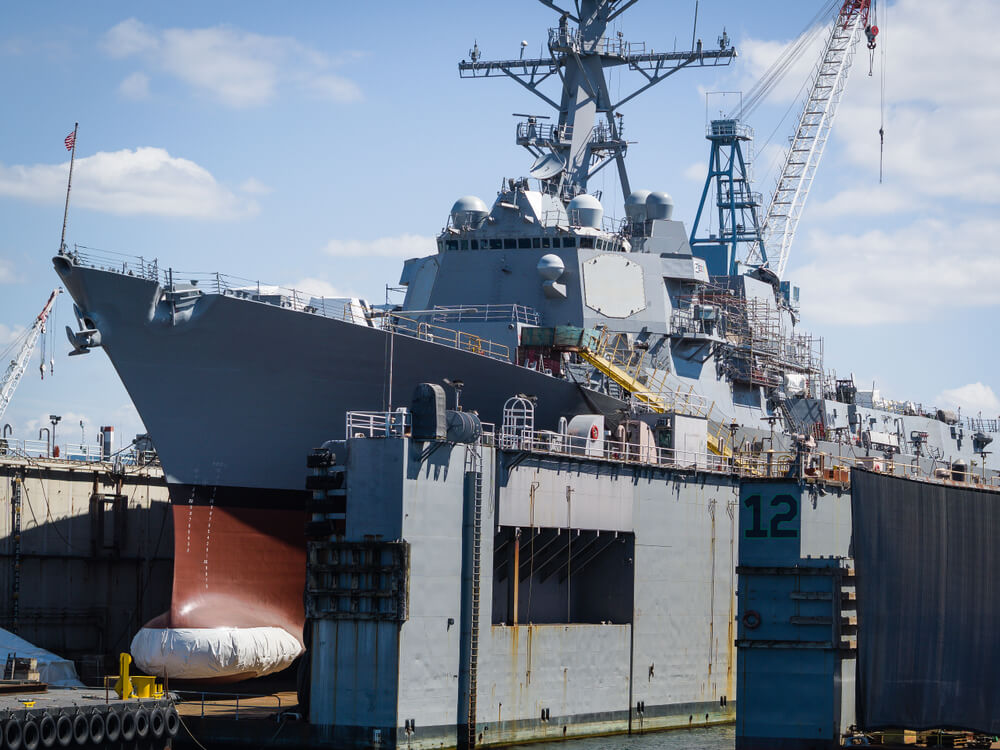
An accurate digital twin could guide Navy maintenance and avoid the costly surprises often found when shipyard workers open sections of a ship below deck and behind bulkheads.

The Office of Management and Budget is set to finalize a federal acquisition rule that increases cybersecurity requirements for defense contractors.
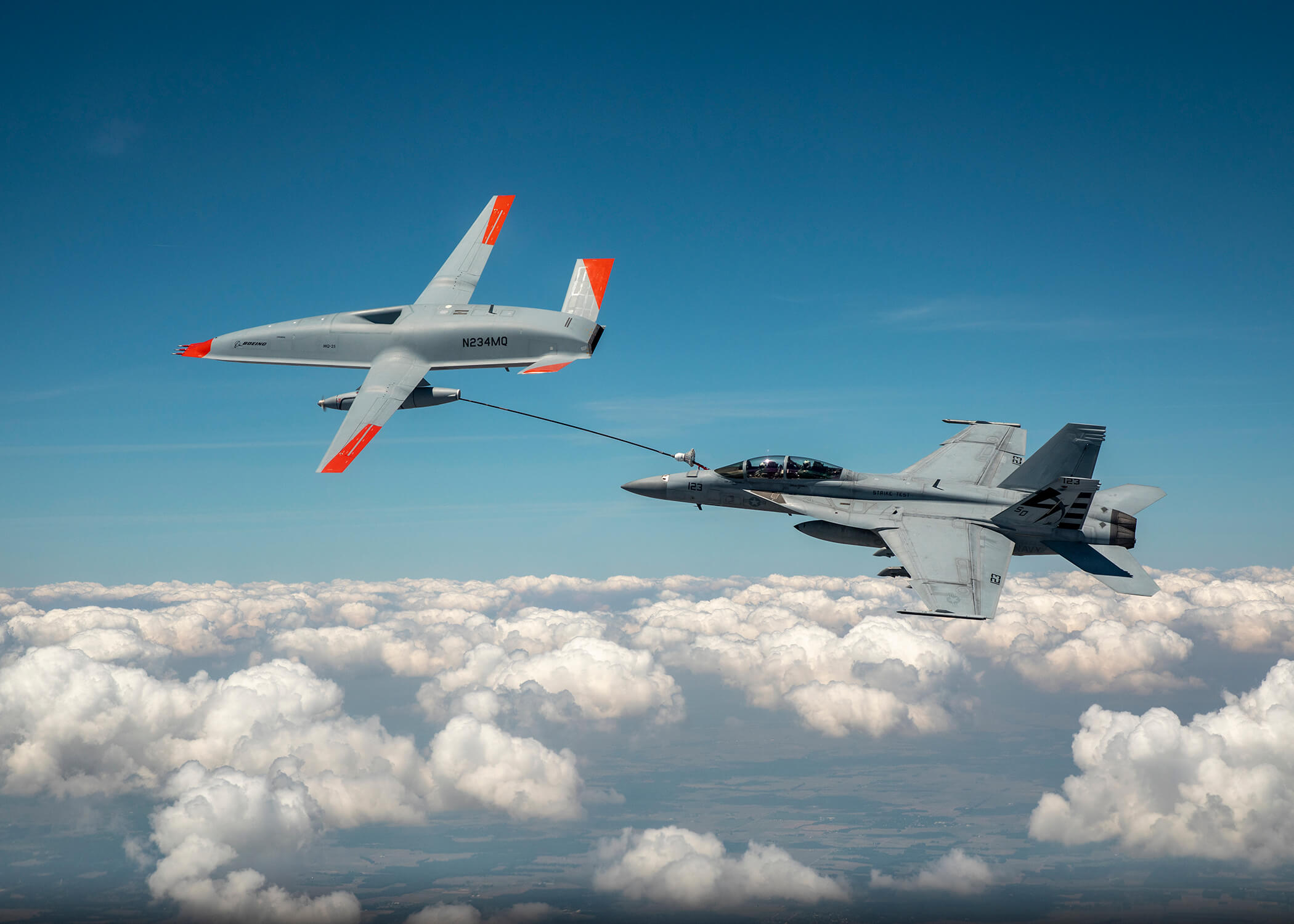
Problems arise when the military services become infatuated with advanced technologies regardless of their relevance.

Tablets used by the military are assembled with parts that trace back to companies under China’s control, with some flagged by Congress for ties to the Chinese military.

As the Pentagon works to operationalize AI and data at scale, generative AI is driving efficiency and mission-readiness across the military services.